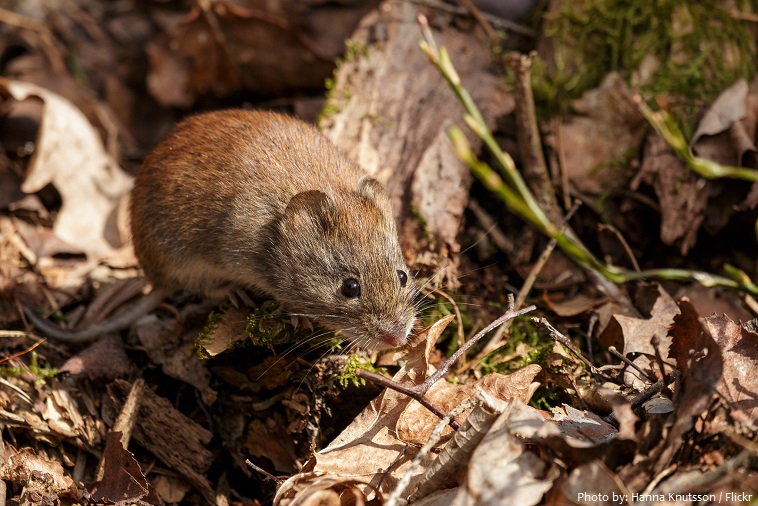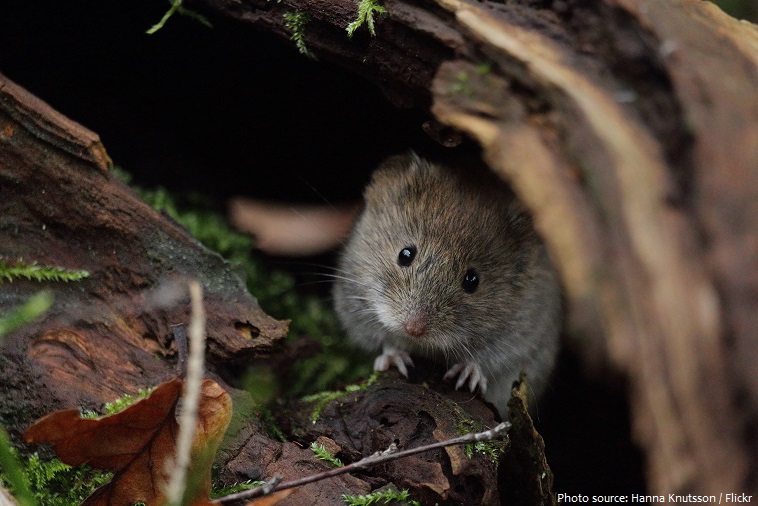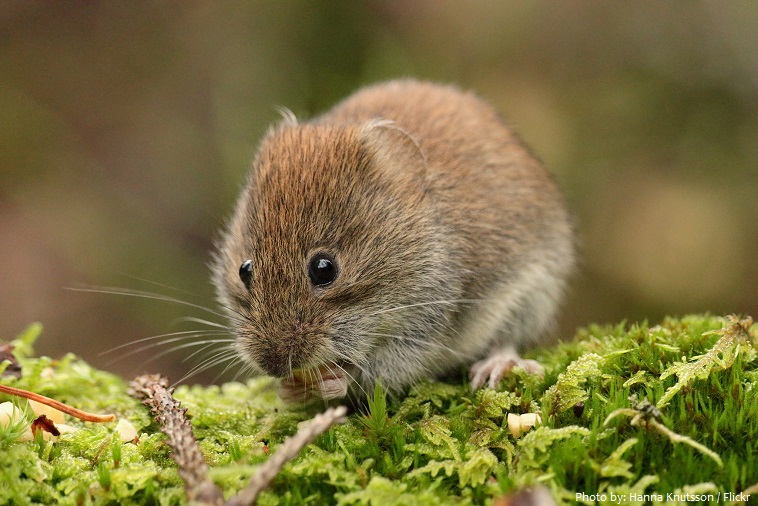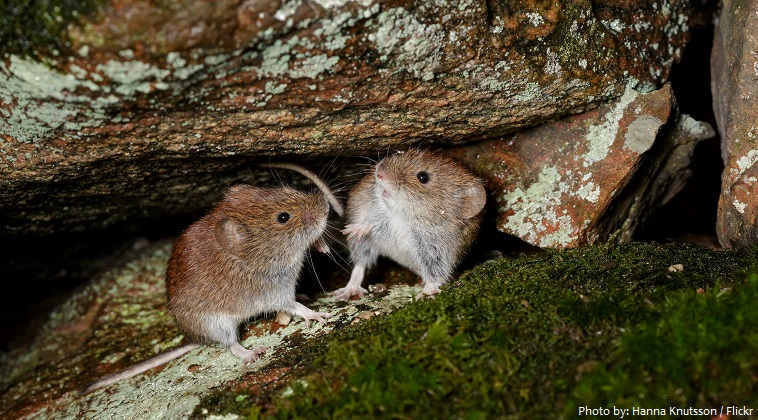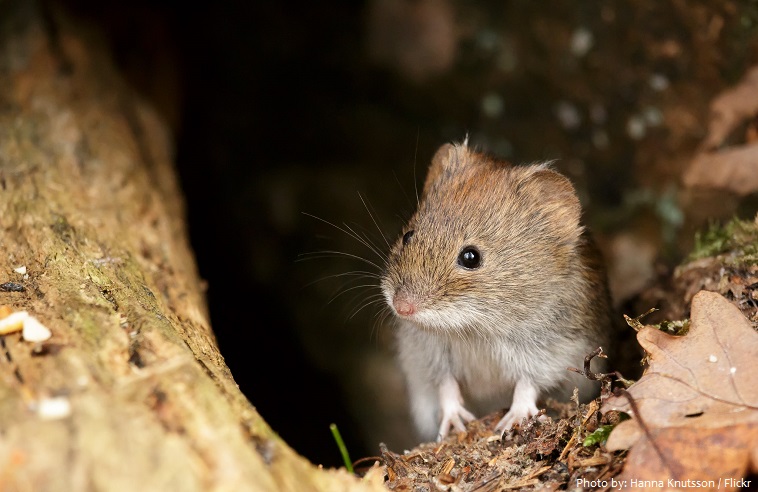Vole is the common name for small, mice-like rodent.
They are sometimes known as meadow mice or field mice in North America and Australia.
They are classified, along with lemmings in the subfamily Arvicolinae of the family Cricetidae.
There are approximately 155 different vole species.
Voles are very widespread, found throughout temperate North America, Asia, and Europe.
They also occupy a wide range of habitats, including open grassland (where they are numerous), scrub, forests, mountain slopes, wetlands, rivers, lakes, lagoons.
There are and even up to 6,000 meters (19,690 feet) above sea level in the Himalayas.
There are species that are adapted to arboreal, fossorial, terrestrial, or aquatic lifestyles.
The lifespan of a vole depending on the species. The average life of the smaller vole species is three to six months. These voles rarely live longer than 12 months. Larger species, such as the European water vole, live longer and usually die during their second, or rarely their third, winter.
Voles are small rodents that grow from 7.5 to 23 cm (3 to 9 in) in length, depending on the species.
Voles are characterized by a stout body, small and rounded ears, short legs, relatively large eyes, and a tail that is shorter than the head and body.
Depending upon the species, voles’ soft dense fur is generally solid gray, brown, chestnut, or reddish on the upperparts, or reddish brown on the back and gray on the sides. Underparts are paler, ranging from white to gray to brown.
Voles are active year-round. Some species are nocturnal, some are diurnal, and others are active day and night.
They travel through tunnels in grass or beneath snow or via elaborate subsurface burrows.
Some species are adept swimmers and divers whose pathways extend along and cross over springs and streams.
Voles are mostly herbivorous, feeding on a variety of grasses, herbaceous plants, bulbs, and tubers. They eat bark and roots of trees, usually in fall or winter. Voles store seeds and other plant matter in underground chambers.
They range in social habits from solitary and territorial to gregarious and colonial.
Voles may be either monogamous or polygamous, which leads to differing patterns of mate choice and parental care.
Voles are known for their high reproductive rate, with some producing as many as 17 young in a litter; however, some species, particularly the tree voles, may have litters of only one to three young. The young are born naked and blind, but develop rapidly.
Many predators eat voles, including martens, owls, hawks, falcons, coyotes, bobcats, foxes, raccoons, snakes, weasels, and lynx.
The vole’s intuition and possible nose told it the yard was safe. The vole while destructive to plants is quite the fertile rodent. It symbolizes both destruction and rebirth. Often we have to tear down negative thought patterns or habits to move forward in our lives.
A study into the behavior of voles, Microtus ochrogaster specifically, found that voles comfort each other when mistreated, spending more time grooming a mistreated vole.
The vole clock is a method of dating archaeological strata using vole teeth.

